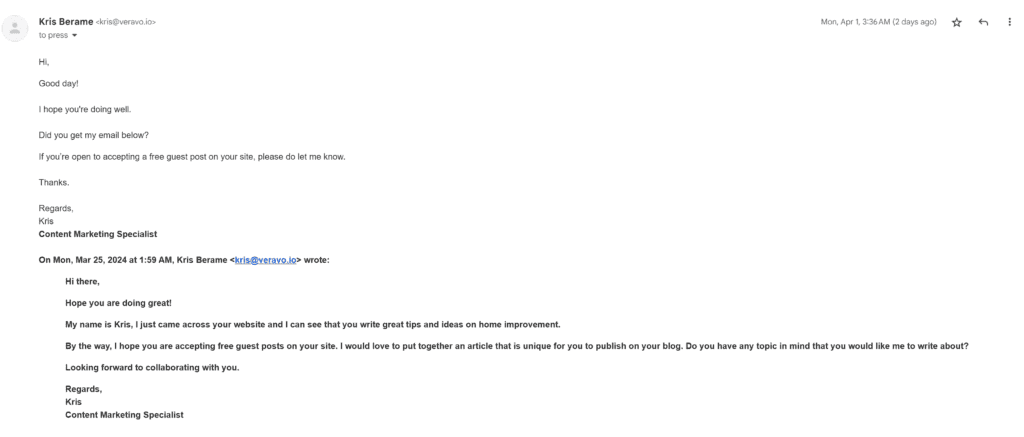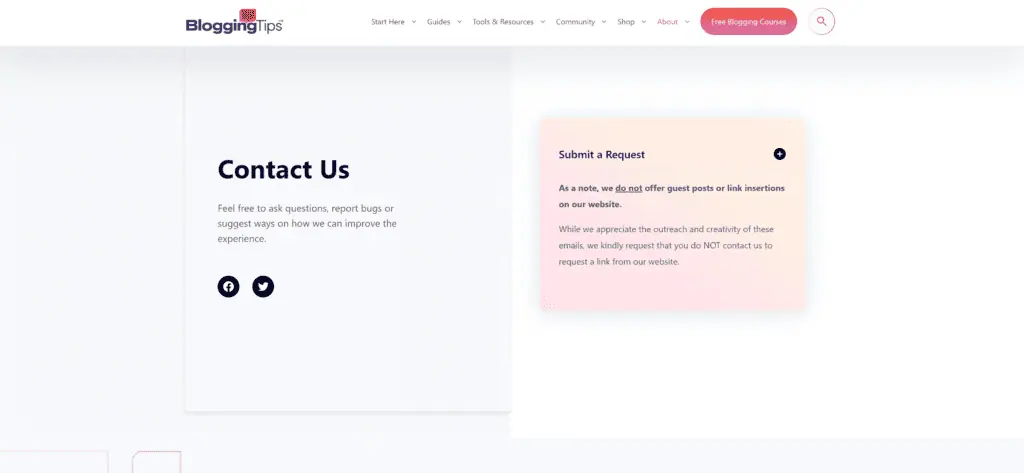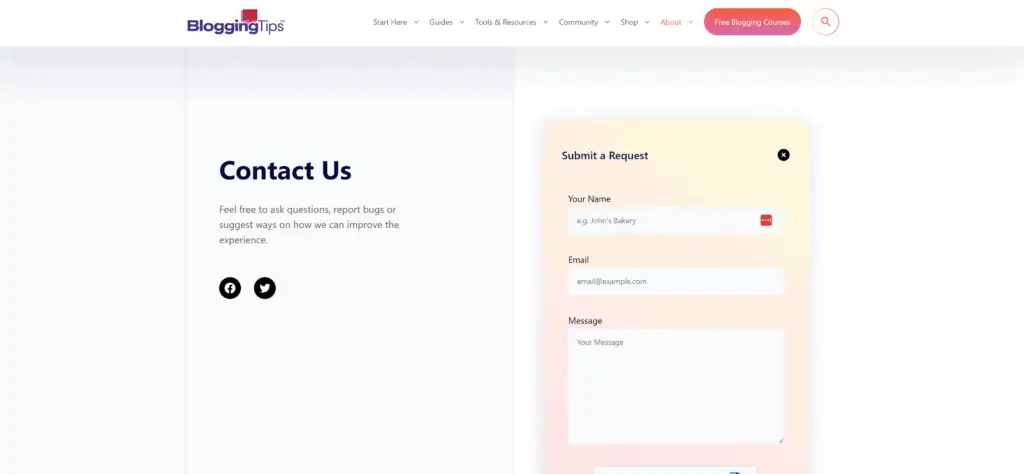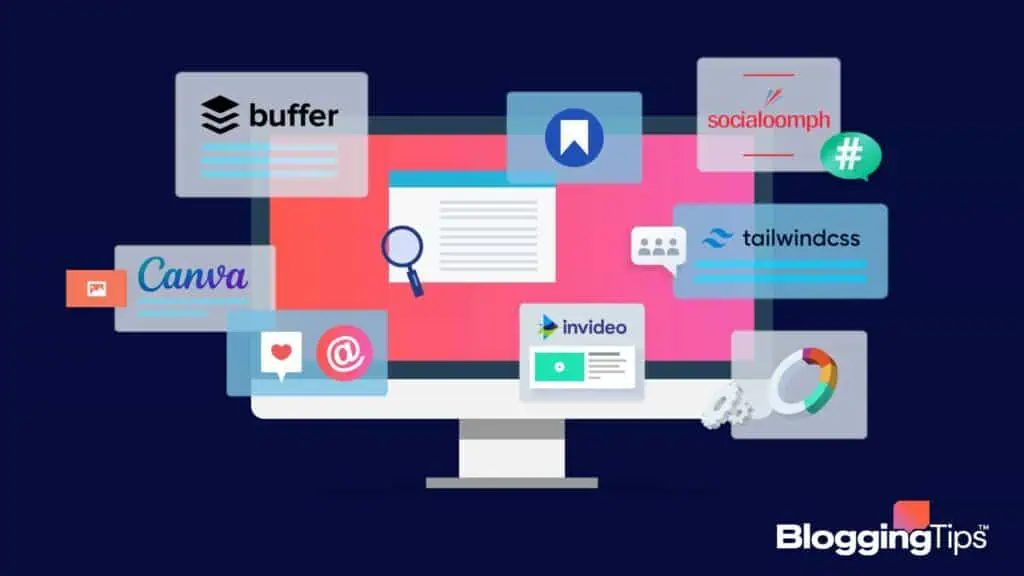How To Guest Post Without Spamming The Internet With Crappy Re


I’m Finally Taking A Stand Against Guest Post Spam Pitches
I run a portfolio of websites, so I expect to get the occasional pitch asking for a link. I understand the ask, and I respect the hustle.
When done correctly, these types of pitches can be an effective way of building links. However, when done incorrectly, these types of emails are enough to drive a website owner mad.
For some reason, my inboxes have become a battleground, besieged by an unending wave of guest post pitch after guest post pitch. It’s as if my email address is on a billboard somewhere, screaming, “All pitches welcome!”
Let me be clear: they are not. I’m tired of these pitches and now I’m taking a stand.
What is Guest Post Spam?
The reason behind the guest post spam is simple: backlinks. A spammer will send out hundreds, if not thousands, of automated email sequences in the hope that they’ll get links.
However, they usually don’t just ask for a link. The sender will usually find some weird way of wording the pitch, offering to share “valuable insights” or “quality content” for the blog.
These requests are the Trojan Horse of digital marketing – presented as a mutual opportunity for exposure, but primarily a covert operation to plant a backlink.
Some of these pitches are somewhat creative. So far, I’ve seen:
- Authors saying that they want to enhance their writing portfolio by contributing to my blog.
- Senders trying to convince me that their content will actually help my audience because it’s so good.
- Spammers requesting a link swap from a list of low-quality, non-credible domains.
… and the list goes on and on and on. If you can think of a way to roll a pitch into an email, I’ve probably seen it before.
Examples of Guest Post Spam Requests
Guest post spam comes in all sorts of different shapes and forms. Some of them come from branded emails, like this:

While others are so low-effort that they come from generic, burner Gmail accounts, and just open ask for a link:

And the most egregious examples can’t even take the time to send an email, but instead offer an insulting amount of money – $10? come on… – with a direct ask for a link:

Everything about these posts is just downright terrible. But the absolute worst part about these is the follow-ups.
You read that right – if you don’t follow up right away, these spammers have programmed their email sequences to follow up until you do.
For example, I did not respond to this one, so they followed up a few days later:

I can handle the initial email, but these continual follow-ups really get under my skin.
There usually aren’t just one or two follow-ups. Sometimes there can be as many as 5-6 over the course of a month or two.
For example, this affiliate manager who emailed me 4 separate times until they got an answer:

The worst part is that I’ve seen these types of emails coming from brands that I know and trust. In these cases, I usually forward the email to customer service and directly ask to be removed.
Luckily though, the people who send these pitches are usually fairly lazy and follow patterns consistent with this type of pitch. If you know what to look for, they’re very easy to spot.
How to Identify Guest Post Spam Emails
As a general rule of thumb, however, guest post spammers usually give themselves away with a few red flags. These include:
- Generic Greetings: The email starts with non-personalized greetings like “Greetings” or “Dear Sir/Madam,” which suggests a lack of effort to research the blog owner’s name.
- URL Instead of Name: The email references the blog’s URL directly instead of the website or blog’s name, showing a lack of personal connection or genuine interest.
- Overwhelmingly Generic Content: The email lacks specific mentions of the blog’s theme, previous posts, or how the guest post would specifically benefit the blog’s audience.
- Fake-Sounding Names: The sender uses common, possibly fake names, and a quick LinkedIn search yields no results that match the name, suggesting the identity might not be legitimate.
- Email Address Mismatch: The sender’s name in the email does not match the email address, indicating a potential lack of authenticity.
- Use of Free Email Services: The sender uses a Gmail, Hotmail, or Yahoo email address, which, while not always indicative of spam, can be a red flag in combination with other signs.
- Irrelevant Proposals: The proposed topics for guest posts do not align with the blog’s niche or usual content, indicating a lack of familiarity with the blog.
- Misspellings of the Website Name: Errors in spelling the website name suggest the use of automated software to send mass emails.
- Frequency: Receiving these types of emails every week or even more frequently is a common experience for blog owners, highlighting the spammy nature of these requests.
I encourage you to look through your past emails and see which start jumping out to you.
Once you receive enough of these requests, it becomes pretty clear which are legitimate partnership requests and which are low-quality guest post spam requests.
Guest Posting is Outdated and Ineffective
To be honest, I am not sure where these people are getting their advice from. Years ago, guest posting worked really well, but now, it’s an outdated and VERY annoying way to build links.
In fact, Matt Cutts at Google has repeatedly said that it is an ineffective way to build links. He’s been saying this since 2014 when he published an opinion piece on his own blog about the topic.
He’s also made countless videos on the topic. My favorite is this one:
In the past few years, the key to ranking was not earning more links, but rather acquiring relevant links from high authority sources.
But in today’s world, content and quality overall seems to be the biggest factor to rank. This is especially true now that Google’s Helpful Content System has rolled out and actually baked into their algorithms.
That’s why I put together a comprehensive guide to writing content, to show you how to produce content that will rank instead of spending time trying to acquire links that will likely do you no good anyways.
What I’m Doing to Combat Guest Post Email Spam
I’ve been dealing with these spam requests for years, but for some reason, in the past 6 months I have noticed a dramatic increase in the amount of submissions I’m getting.
I tried a few simple things that didn’t seem to work.
First, I tried putting Recaptcha on all of our forms around the site as a way to filter out the bots. This worked for a while until the spammers started manually submitting requests.
Next, I set up an accordion on our contact form that hides the form behind a message that makes it very clear that we DO NOT accept guest posts.

It is only once you physically click or tap on the “+” icon that the form is revealed.

I learned that spammers are going to spam and would simply submit their request anyways. It’s a bit mind-boggling to me that somebody would submit a request after being told – very strictly- that we don’t accept these.
One day, I had enough. Instead of manually replying “stop”, “not interested” or “remove me from your list”, I set up a filter in Gmail to automatically flag and filter out these types of requests.
Once an email was filtered, it automatically marks the email as read, labels it with a “Guest Post Spam” tag, and then replies with a strongly worded email that lets these spammers really know how I feel about their requests.

As you can see, when an email gets flagged as a guest post spam request, my autoresponder will send the following reply:
We do not accept guest posts, link exchanges, or paid placements on our site. Please immediately remove me from your automated outreach sequences so that I do not receive any further emails like this.
We receive tons of these pitches every day, almost all of which fall into the “spam” category with very little to offer us, other than the ask of a guest post or link.
To view our stance on these types of pitches, please read the following: https://www.healthwriterhub.com/guest-post-spam/.
And much to my surprise, it worked. By my estimates, this simple autoresponder has cut down at least 90% of my guest post spam.
While it has not eliminated them entirely, this simple filter cuts down on the majority of the requests, which at least keeps me sane while checking my email throughout the day.





Responses